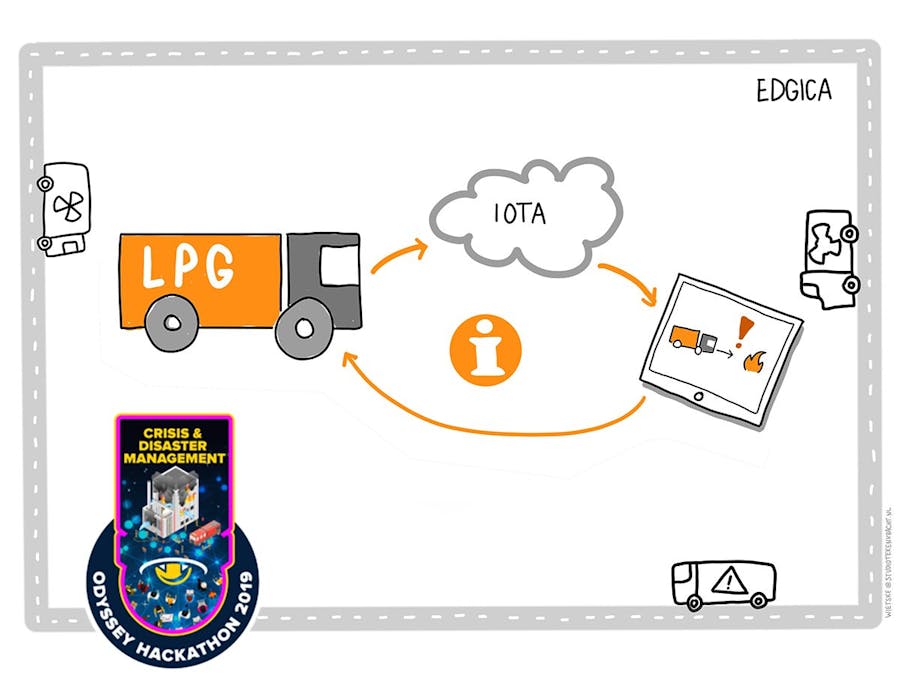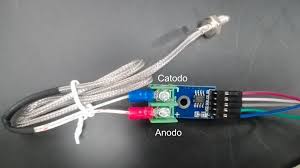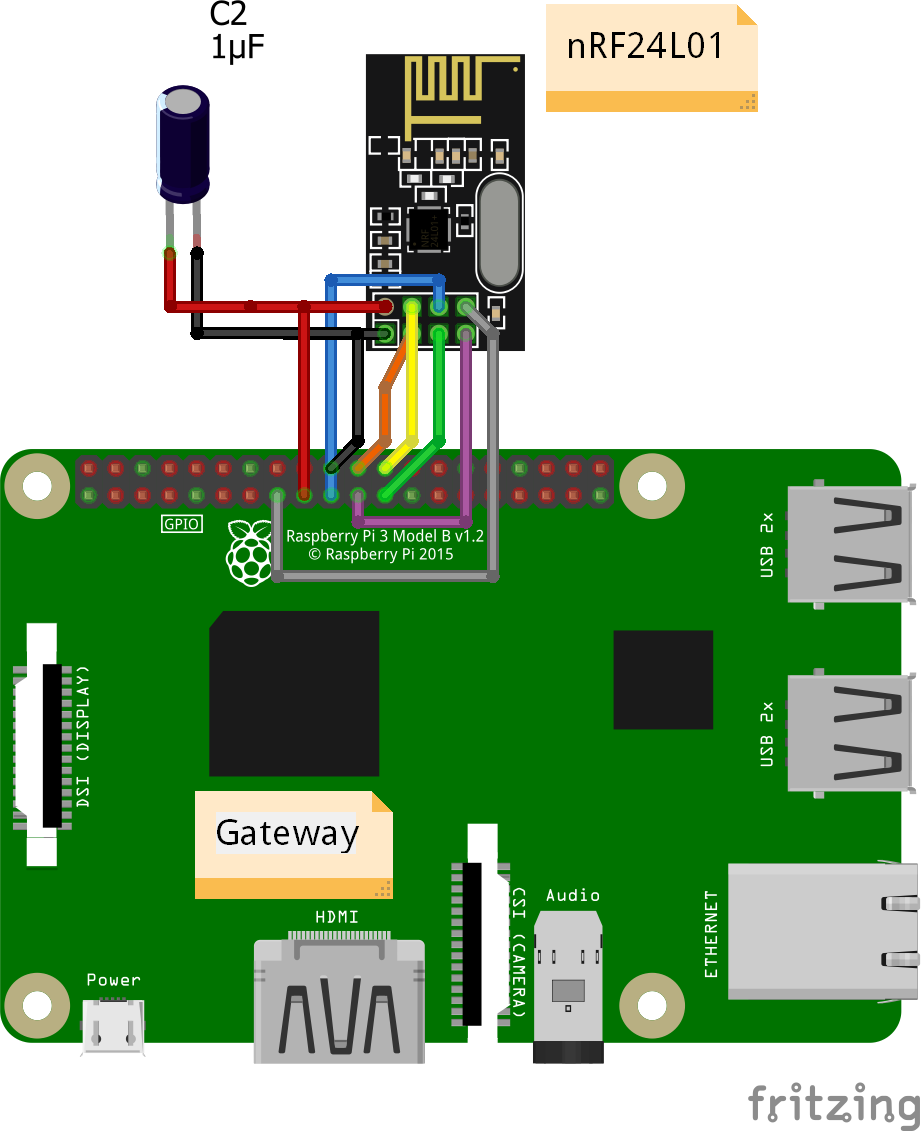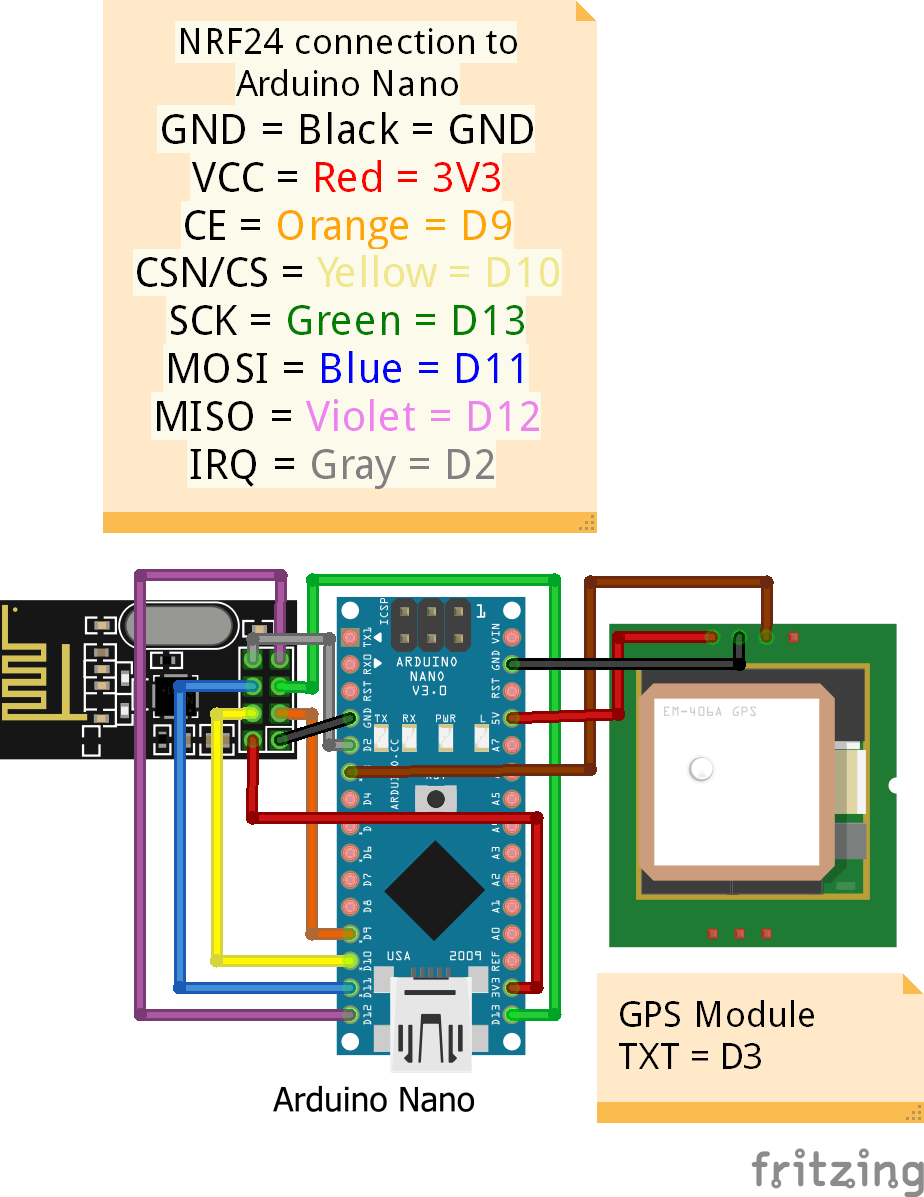Our team (Edgica) recently participated in the Odyssey Hackathon 2019, Groningen, the Netherlands. We approached the challenge in the Crisis and Disaster management, namely, the challenge of incentivizing sharing information on hazardous materials.
The challenge was sponsored by the Dutch Safety Consortium represented by Instituut Fysieke Veiligheid (IFV), Ministry of Justice & Safety, the Dutch Safety Regions of Friesland, Groningen and Rotterdam and a collaboration of all Dutch public safety answering points (PSAP, Dutch: meldkamer), which serve as the communications hubs for all safety organizations (e.g. fire brigade, police, etc.) in the Netherlands.One of the Proof of Concept solution we developed during the hackathon was related to the recording of the GPS coordinates and data from sensors of vehicles that transport hazardous materials.
The data was expected to be real-time and trusted. Therefore, we decided to
a) get the data from IoT devices installed on vehicles, not from humans;
b) save the data from the IoT devices to IOTA;
c) read the data from IOTA for further usage in our system (backend) in various use cases.
Use CaseTo keep it simple, the use case of the Proof of Concept looks like the following:
- Transport company equips its vehicles with smart IoT components: a) wirelessly connected IoT device (Gateway) that tracks the GPS coordinates of the vehicle, and b) set of sensors (Sensors) connected to the Gateway to measure the state and leaks of the cargo (temperature, gas, radiation, and so on)
- Dispatcher of a transport company plans the transportation of a Cargo and specifies details about the following: the Gateway ID of the vehicle, Start and Endpoints of the route, Type and Volume of the cargo, contact details of the driver.
- After the record of the planned transportation is created, the backend generates the transportation's Keys to be used for recording to IOTA via MAM (Masked Authenticated Messaging) protocol.
- Dispatcher starts the planned transportation and changes its state to Active.
- The Gateway of each vehicle connects to the backend periodically and checks if there is any transportation in Active state that is assigned to it. And if positive, the device gets the Keys of the transportation from the backend and starts logging the data from the Gateway and Sensors (GPS coordinates, temperature, and so on) to IOTA in a structured form (transportation's Checkpoints).
- The backend periodically checks the iota_backend_api, receives the Checkpoints from IOTA, and stores (caches) it in the database.
This data can be used by users of the system to implement various use cases. For example, the Dispatcher of the transport company can control the location and state of the vehicles. Or the Fire Service control room can get real-time and trusted information about vehicles with hazardous materials in the vicinity of an incident.
- When the Dispatcher changes the state of active transportation to Finished, the backend verifies the Checkpoints to confirm a) the Cargo was actually delivered to the Endpoint (GPS coordinates verification), and b) the Cargo was transported safely, i.e., there were no incidents during the transportation, by analyzing the data from the Sensors (to be developed).
Please, see below the schematics of the IOT components. The source code could be found in the repositoryhttps://gitlab.com/edgica.public/odyssey-2019/smart-transportation-demo
Here are some photos from the 48 hours deep dive adventure!
You can read more about our solution... that actually was announced a winner!http://solutions.odyssey.org/odyssey-hackathon-2019-winner-crisis-and-disaster-management-edgica/
And here is an article in the IOTA blog about the hackathon, in which they mention our solution too :)https://blog.iota.org/iota-at-the-odyssey-hackathon-2019-d33d807f15a2
... and the Team!
We are happy to contribute to public safety in the Netherlands and Europe!


























Comments
Please log in or sign up to comment.